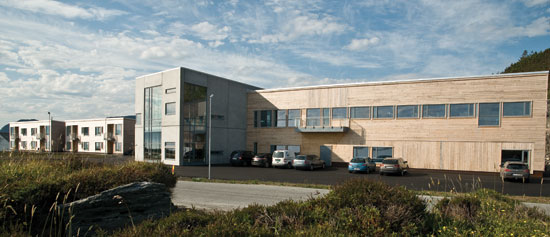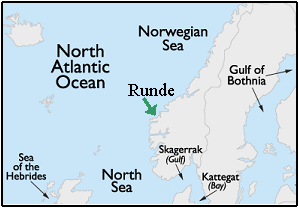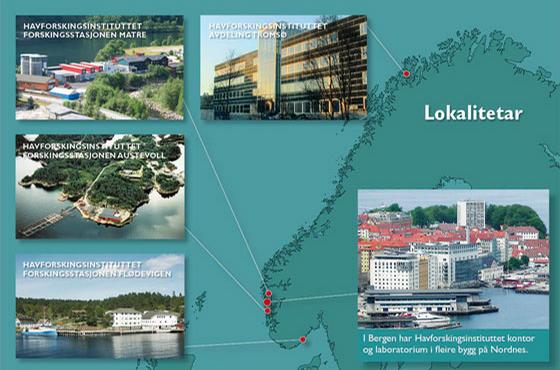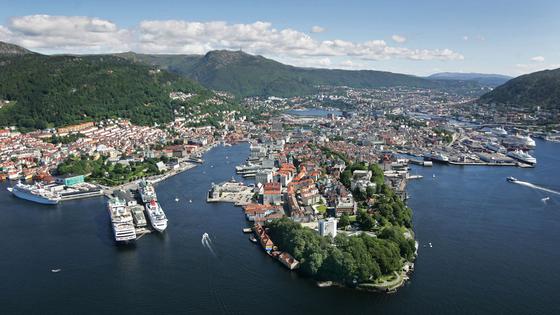6. Partners and scientific institutions
The operations are overseen by a Scientific User Committee set up in agreement with the Norwegian Research Council including scientists from external groups which have expressed interest, further described in section 8. These users will have final say on the use of the equipment for various scientific missions. Scientific personnel from various institutions can be involved in flight control of the gliders during the missions allocated to their projects. The operational responsibility however rests with the responsible scientific institution, i.e. the Geophysical Institute, UiB.
 |
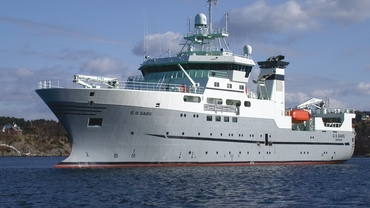 |
The Geophysical Institute, UiB, is a leading institution in research and education in oceanography and meteorology, the largest in the Nordic countries and with strong international standing. The oceanographic time series at station M were initiated, and have been operated, by the institute from 1948 through 2009. The institute has as a strategic long term vision to be involved in application of novel instrumentation. It was among the pioneering users of shipborne ADCP and towed SeaSoar instrumentation in the 1980s and is presently heavily involved in the use of small unmanned vehicles for profiling in meteorology in parallel with the present initiative. Among other tasks the institute also hosts the university branch of the Bjerknes Centre for Climate Research and the National Research School in Climate Dynamics. The UiB is the largest academic institution in Norway in marine research and a member of the Marine Board of the European Science Foundation.
|
|
Runde Environmental Centre (Runde Miljøsenter RMS) was formally opened in 2009 with excellent facilities at the island of Runde. Its location close to the operational area is ideal with respect to cost saving and flexibility for launch and recovery of gliders. The working areas and objectives of REC are clearly compatible with involvement in the present marine research infrastructure. The responsible scientist at REC has long and relevant experience in ocean measurement systems and the staff is well qualified. The primary responsibility of REC in the project is technical support for launch and recovery. REC does also contribute to glider flight control and data management as well as local outreach with real time data to visitors from the general public.
|
|
Institute of Marine Research (IMR): With more than 700 employees, the Institute of Marine Research is the largest marine science community in Norway. Their main task is providing advice to the Norwegian authorities on aquaculture and on the ecosystems of the Barents Sea, Norwegian Sea, North Sea and the Norwegian coastal zone. Around half of the activities are therefore funded by the Ministry of Fisheries and Coastal Affairs. The Institute of Marine Research has headquarters located in Bergen, but important aspects of their work are done at th department in Tromsø, at the research stations in Matre, Austevoll and Flødevigen and on board our research vessels, which spend a total of nearly 2000 days at sea each year. The institute is also heavily engaged in international development work through the Centre for Development Cooperation in Fisheries (CDCF). The aim of their research and advice is to help ensure that Norway\u2019s marine resources are harvested in a sustainable way.
[PREV CHAPTER] [NEXT CHAPTER]